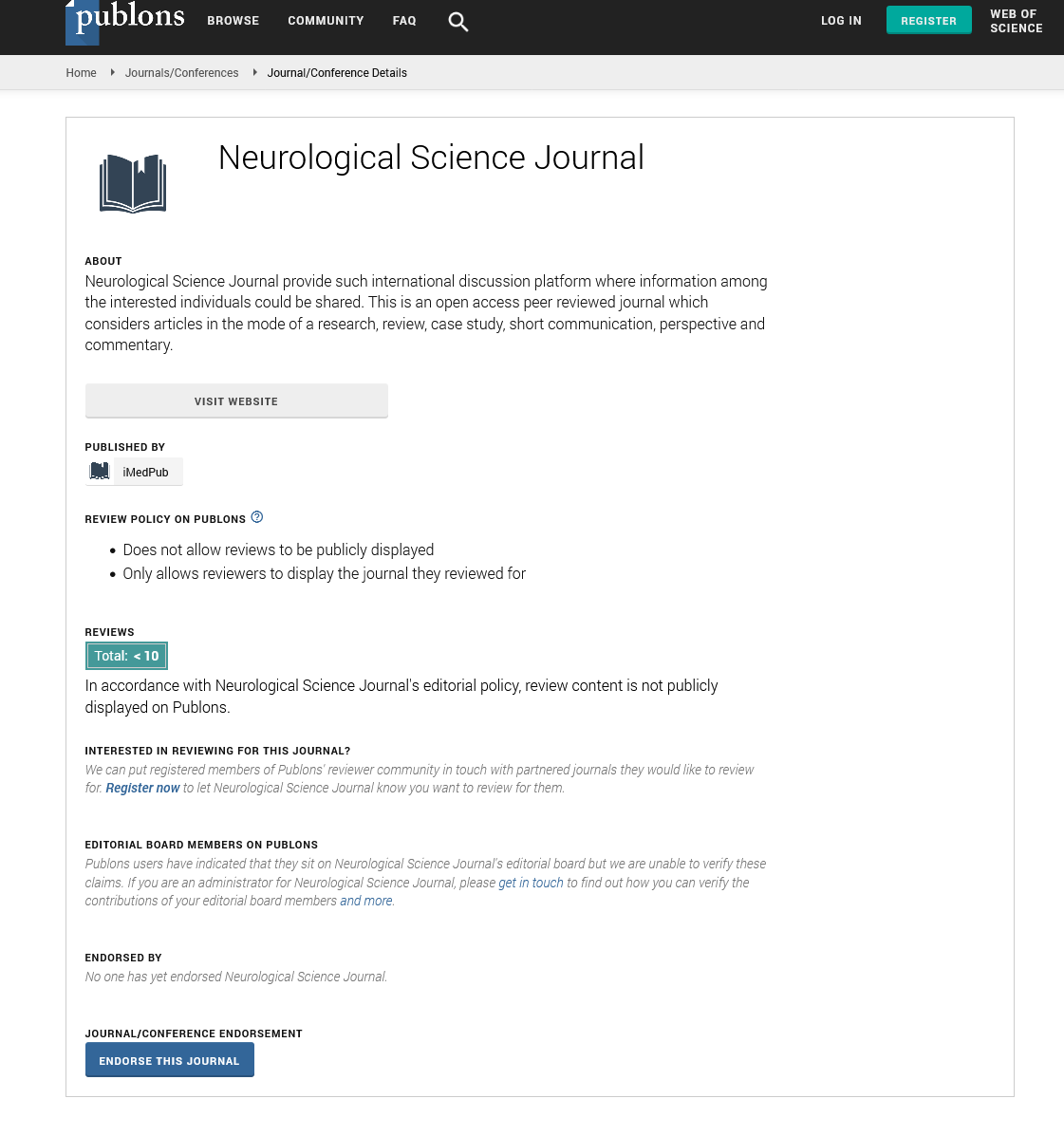Abstract
Arterial Thoracic Outlet Syndrome Causing Basilar Artery Ischemic Stroke
Introduction: We present here a case of a young woman with sub-acute arterial thoracic outlet syndrome (aTOS) and an acute presentation of basilar artery ischemic stroke. A TOS is a rare subtype which accounts for 1% of TOS spectrum and is almost always associated with a bone anomaly.
Case report: A 29-year-old patient presented with acute stroke and concurrent sub-acute occlusion of her right brachial artery. Investigation for stroke in the young was negative for cardio-embolic source, hyper-coagulability, occult malignancy and large vessel vacuities. Revision of the CT angiography revealed a rib cage bone anomaly in the form of right first and second rib synostosis causing a compression of the right subclavian artery. A TOS diagnosis was made based on clinical symptoms, CTA imaging and a positive dynamic arm duplex ultrasound evaluation. In the absence of an alternative etiology – basilar artery occlusion was presumed to result from retrograde thromboembolism originating in the diseased subclavian artery. Thoracic outlet decompression surgery was performed for both treatment of limb ischemia and prevention of recurrent stroke.
Discussion: Dozens of cases associating aTOS and ischemic stroke have been reported. All cases showed a bony deformity causing stenosis and post-stenotic aneurysm of the subclavian artery, predisposing to thrombosis. Retrograde embolization might occur during dynamic arm movements and transient retrograde flow. Propagation of the thrombus to cervical arteries is an alternative explanation.
Conclusion: Our case highlights the importance of aTOS as a treatable cause of idiopathic stroke in the young, particularly when preceded by symptoms of upper limb ischemia. When diagnosed, patient may benefit from secondary stroke prevention by surgery.
Author(s): Danny preston
Abstract | Full-Text | PDF
Share This Article
Google Scholar citation report
Citations : 11
Neurological Science Journal received 11 citations as per Google Scholar report
Neurological Science Journal peer review process verified at publons
Abstracted/Indexed in
- Google Scholar
- Publons
Open Access Journals
- Aquaculture & Veterinary Science
- Chemistry & Chemical Sciences
- Clinical Sciences
- Engineering
- General Science
- Genetics & Molecular Biology
- Health Care & Nursing
- Immunology & Microbiology
- Materials Science
- Mathematics & Physics
- Medical Sciences
- Neurology & Psychiatry
- Oncology & Cancer Science
- Pharmaceutical Sciences
